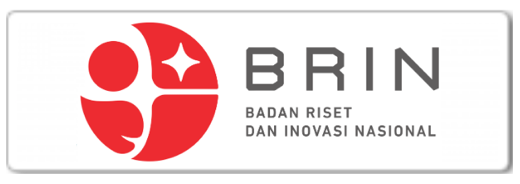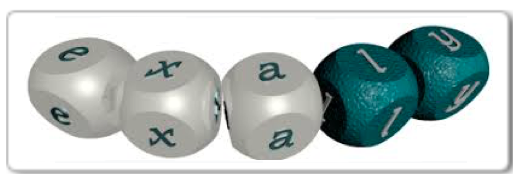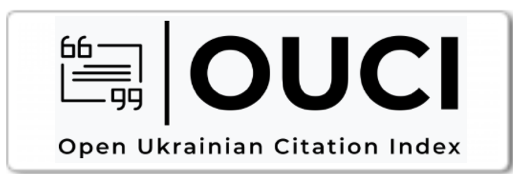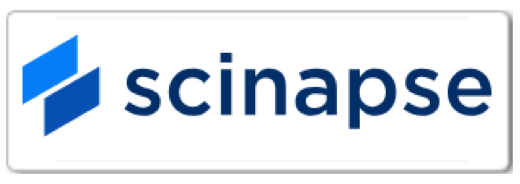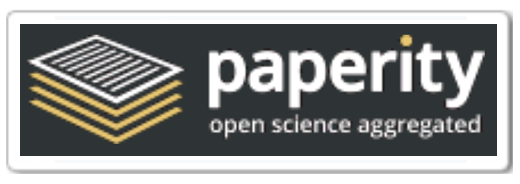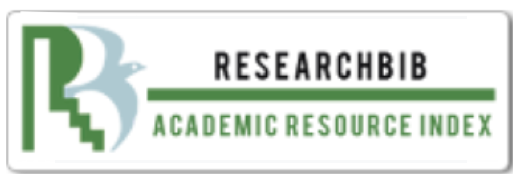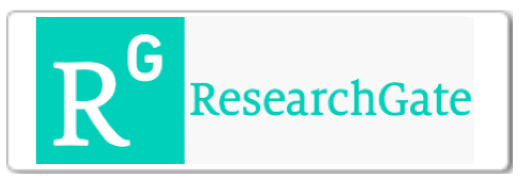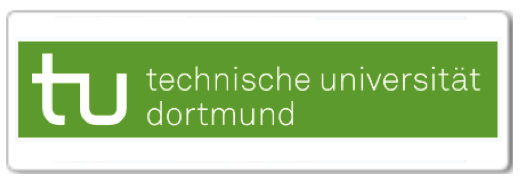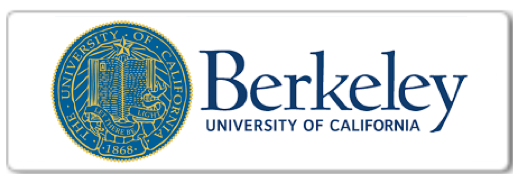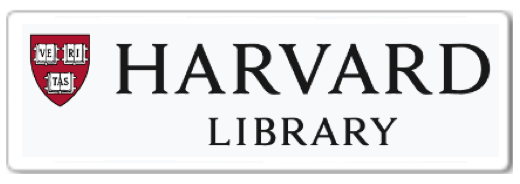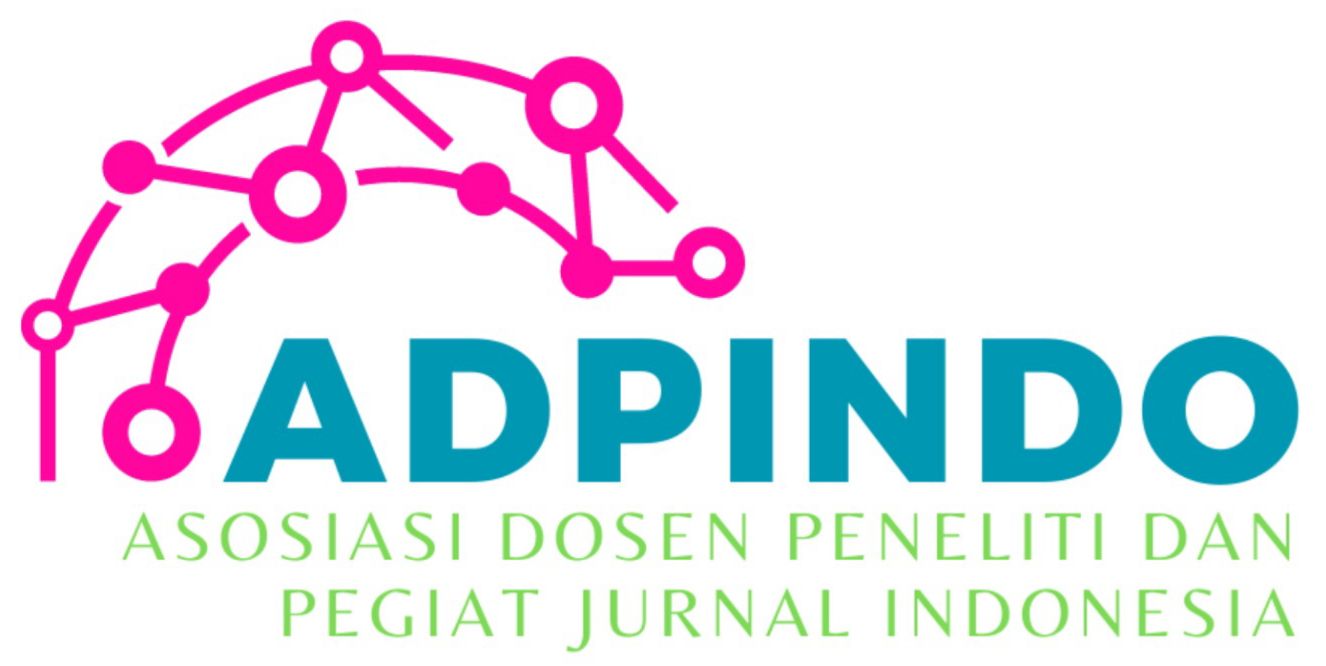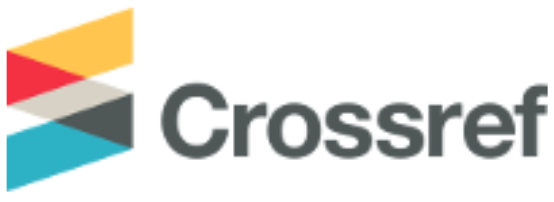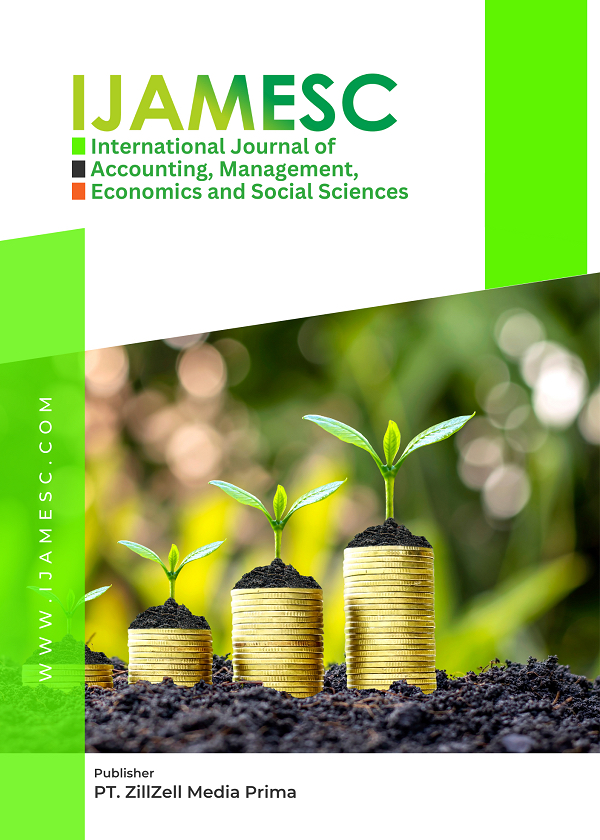PROFITABILITY MEDIATES THE INFLUENCE OF LEVERAGE, LIQUIDITY AND COMPANY SIZE ON TAX AGGRESSIVENESS
Main Article Content
Silvi Fadillah
Lady Andriani
Lady Andriani
Mohamad Zulman Hakim
Dewi Rachmania
Samino Hendrianto
This study examines the determinants of tax aggressiveness in Indonesia's Basic Materials sector, focusing on the effects of leverage, liquidity, company size, and profitability, with profitability serving as a potential mediating variable. The research employs quantitative panel data regression analysis using secondary data from 13 companies listed on the Indonesia Stock Exchange during the 2019-2023 period, resulting in 65 firm-year observations. Data were analyzed using EViews 12 with Common Effect Model and Random Effect Model estimation based on hypothesis testing results. The results indicate that profitability significantly negatively affects tax aggressiveness, while leverage, liquidity, and company size show no significant direct effects. Leverage demonstrates a significant negative impact on profitability, but liquidity and company size do not significantly influence profitability. The Sobel test confirms that profitability does not mediate the relationships between financial characteristics and tax behavior. The findings suggest that regulators should focus monitoring efforts on profitability metrics rather than conventional indicators like company size or leverage when assessing tax compliance risks. Companies should recognize that transparent tax strategies can complement strong financial performance rather than detract from it. This research provides novel insights into the contradictory role of conventional determinants of tax aggressiveness in emerging markets and demonstrates the complex relationship between profitability and tax behavior in Indonesia's Basic Materials sector.
Afrianti, D., & Purwaningsih, A. (2022). The influence of leverage and liquidity on profitability in manufacturing companies. Journal of Accounting and Business Research, 8(2), 45-62.
Allo, M., Alexander, S., & Suwetja, T. (2021). Liquidity and tax aggressiveness: Evidence from Indonesian manufacturing firms. Asian Journal of Accounting Research, 6(3), 78-95.
Amalia, R. (2021). Determinants of tax aggressiveness: Evidence from Indonesian listed companies. Journal of Applied Accounting and Taxation, 6(1), 23-40.
Anisa, N., & Istika, M. (2021). Leverage and tax aggressiveness: A study of Indonesian consumer goods sector. Indonesian Journal of Accounting and Finance, 18(2), 67-84.
Awaliyah, N., Rahman, A., & Santoso, B. (2021). Profitability and tax aggressiveness: Empirical evidence from Indonesia. Journal of Finance and Banking Review, 5(4), 112-129.
Budiman, S., Fauzia, R., & Delima, D. (2023). Company size and tax aggressiveness: The moderating role of corporate governance. Asian Journal of Business and Accounting, 16(1), 89-107.
Dinar, M., Santoso, E., & Wijaya, A. (2020). Financial leverage and corporate tax behavior: Evidence from emerging markets. Journal of Corporate Taxation, 47(3), 45-63.
Erlianny, S., & Hutabarat, J. (2020). Liquidity management and tax planning strategies in Indonesian corporations. Asian Journal of Accounting Perspectives, 13(2), 78-96.
Gurusinga, T., Handayani, S., & Talita, R. (2024). Corporate size, resources, and tax aggressiveness: The Indonesian context. Journal of International Business and Economics, 22(1), 34-52.
Hendra, W. (2021). Profitability and tax aggressiveness: Contradictory evidence from Indonesian mining sector. Journal of Applied Economics in Developing Countries, 8(3), 156-173.
Jao, R., & Holly, S. (2022). Corporate characteristics and tax avoidance: A comparative study of emerging Asian markets. Asian Development Review, 39(2), 167-189.
Jensen, M. C., & Meckling, W. H. (1976). Theory of the firm: Managerial behavior, agency costs and ownership structure. Journal of Financial Economics, 3(4), 305-360.
Karundeng, M., Tumbel, A., & Mamahit, C. (2022). Profitability as determinant of tax aggressiveness: Evidence from Indonesian basic materials sector. Journal of Accounting and Investment, 23(1), 112-130.
Latersia, F., Prasetyo, B., & Wijaya, A. (2024). Company size and tax aggressiveness: New evidence from Indonesia. Asian Journal of Accounting Research, 9(1), 45-63.
Masrurroch, A., Nurlaela, S., & Fajri, M. (2021). Tax compliance and national development: The Indonesian perspective. Indonesian Journal of Public Policy, 15(2), 89-107.
Nuraini, T., & Suwaidi, S. (2022). Determinants of profitability in basic materials sector: Leverage and liquidity perspectives. Journal of Business and Economics Research, 19(3), 156-174.
Robin, P., Santoso, D., & Handoko, R. (2021). Tax aggressiveness spectrum: From conservative planning to aggressive avoidance. Journal of Taxation and Regulatory Framework, 14(2), 67-85.
Sulistyoningsih, R. (2023). Profitability measurement and tax planning strategies in Indonesian corporations. Journal of Accounting and Organizational Change, 19(1), 78-96.
Suprihatin, D. (2020). Tax deduction strategies and effective tax rate management in leveraged companies. Journal of Corporate Finance and Accounting, 7(4), 123-140.
Syafrizal, M., & Sugayanto, S. (2022). Debt levels and aggressive tax behavior: Evidence from Indonesian listed companies. Asian Journal of Economics and Business, 5(2), 89-107.
Tutik, S., Rahayu, D., & Prasetyo, A. (2020). Company size, regulatory scrutiny, and tax aggressiveness. Journal of Business and Economic Analysis, 13(3), 234-252.
Vivín E, M., Santoso, B., & Rahman, A. (2020). Leverage and tax aggressiveness: Contradictory evidence from Indonesian manufacturing sector. Journal of Applied Accounting Research, 21(4), 567-585.
Wulandari, R., & Soetardjo, S. (2023). Agency theory and corporate tax behavior: The Indonesian experience. Journal of Accounting and Corporate Governance, 16(2), 45-63.
Yana, D., Putra, I., & Sari, M. (2023). Liquidity and tax aggressiveness: New perspectives from emerging markets. Asian Journal of Accounting and Finance, 8(1), 34-52.
Yanna, L., Kurniawan, F., & Sari, M. (2019). Company size and profitability: Evidence from Indonesian basic materials sector. Journal of Business and Economics, 24(3), 178-196.
















